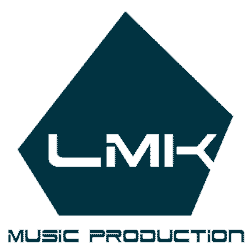Phase 1: the concept (0 – 30”)
A prosaic introduction to give you the taste of Pagani’s brand. Minimal, elegant, deep, and abstract: they’re just ideas.
Phase 2: from concepts to reality (30” – 50”)
There’s a sudden shift. They’re not anymore just ideas: they start to become reality.
You see glances of this astounding reality: high end technology, solid shapes, aggressive lines.
Phase 3: artisan care (50” – 1.5”)
High end technology, strong design, aggressive lines… But with an artisan care behind them.
You see the people whose passion made this possible: you see their hands putting together this technological marvel in their studio.
Phase 4: it’s done (1.5” – 1.11”)
You finally see the outcome in its beautiful entirety, with its strong lines enhanced by white lights while standing in the darkness.
Phase 5: boots on the ground (1.11” – 1.30”)
Things start to get serious. The Zonda leaves the studio and is brought into its natural habitat: the race track.
It’s show time.
The atmosphere starts to accelerate: technicians run all around the car making the last checks. And, from the fog, you see emerging the second half for which the Zonda has been waiting for: the pilots.
Phase 6: take off (1.30” – 1.45”)
The Zonda meet his master, and they get ready to start their race. With a nice Michael Bay reference too.
The slow motion fades out, and everything gets real.
Phase 7: the showdown (1.45” – 2.40”)
The Zonda unleashes all his beastly power. And what better way to get you feel this, other than leaving all the scene to the scream of its engine?
Phase 8: accomplishment (2.40”)
The maker overlooks the race track, to see his creature in all his majesty.
He watches in composed silence, while she still roars on the asphalt: everything fades in a dreamlike atmosphere, while we see again the Zonda in slow motion while showing all its power and majesty.
…poetic, isn’t it?
I hope I didn’t brought you tears while at work.


